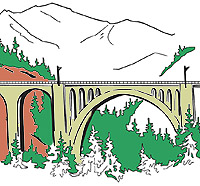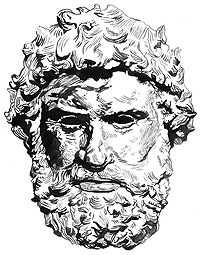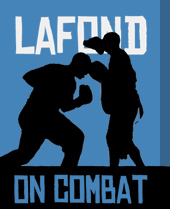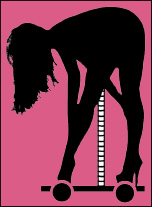Francisco Pizarro, Conqueror of the Inca Empire, a man who saw the last use of the round Spanish shield of the late middle ages too subdue armies of Stone Age and Bronze Age warriors, was attacked while attended by one sissy in his chambers by a trio of assassins. Other than draw his sword, unarmored as he was, and to curse his attendant for lack of manhood, Pizarro made a timeless move, reaching back across the long span of history into the earliest ages and ripped the drapery from the wall and used it as a shield to fight his attackers to the death. Hannibal’s Nubian spearmen, mounted on horses, would use leopard skins draped over their left arm to ward off enemy blows. This was the origin of the shield.
The next phase in the evolution of the shield was the Zulu-style shield, a simple stick threaded through a hide. Eventually frames would be built to stretch as many as 7 hides over to form a shield. Such a shield would often by oblong like the Boagrian of the Minoan and Homeric era. Such oblong shields might be made of wicker wood as well. The Hoplon was such an oblong shield, which gave its name to the shield-warrior or hoplite, who then abandoned this shield for the superior Aspis. Most heavy infantry shields are inferior in one-to-one combat and against heavy impact for the simple reason that the shield is gripped by a handle and all of the pressure applied to that shield might be made to bear on the wrist of the bearer. The aspis avoids this pitfall by strapping the shield to the arm below the elbow, placing the grip on the inner face of the shield and making the shield concave [already a feature of most oblong shields] so that the shield weight could be shared between the arm and the shoulder structure, with the shoulder under the concave rim.
In terms of striking the head, no blow is more devastating than the punch with the shield. This the aspis was made for. But any shield can be punched with unless it is just strapped and has no grip.
The pelte is a light half-moon shaped shield, which was designed for deflecting arrows and javelins and stones, and to be used by a thrower who could see over its convex upper rim. Such warriors and soldiers were called peltasts and they tended to be excellent at hand-to-hand combat since they had strong throwing arms, were fleet of foot and would carry long cleaving knives for hand-to-hand combat. The famous warriors of this type were the Thracians, Illyrians, Agrianians and the wolf-head wearing velites of Republican Rome.
For handheld shields, the user is tempted to punch with the boss—a feature suggested by the boss spike of the Scottish targe, for instance. This is generally a mistake. To punch with a shield, using the boss takes away reach equal to the length of the shield from the handle to the inner rim. Improved armor would reduce the size and then the utility of their shield until firearms would render armor obsolete. A direct case of shields being rendered obsolete by firearms was the French use of muskets against Iroquois warriors using Norse-style shields, which caused the Iroquois to give up the shield for the musket and reduce the weight of their axes.
Shields survived into the modern industrial era as steel plates for heavy machine guns and light artillery, but have since been reduced to use by police and paramilitaries in drug raids and riot roles which mimic the warfare of earlier periods when the shield was a man’s armor, his lean-to shelter and even his stretcher.











